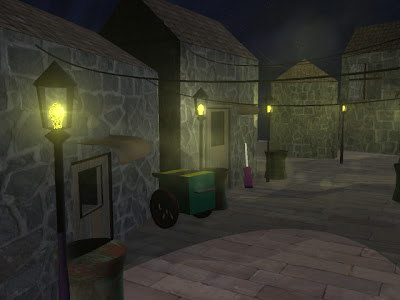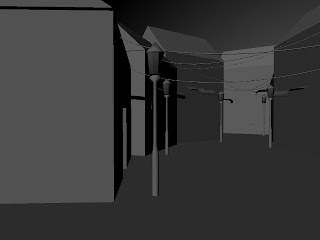Thursday, December 6, 2012
Tuesday, November 27, 2012
Monday, November 26, 2012
Monday, November 19, 2012
Monday, November 5, 2012
Wednesday, October 24, 2012
Monday, October 15, 2012
Friday, October 5, 2012
Friday, September 28, 2012
Monday, September 17, 2012
Monday, September 3, 2012
Camera Shots:
Birds Eye View: The scene is shown from directly above. This is a completely different and somewhat unnatural point of view which can be used for dramatic effect or for showing a different spatial perspective.
Camera Shots:
Eye level shot: An eye level shot familiar with soap operas. We view the scene as spectators, as if we are actually there in the programme which gives a sense of realism.
Camera Shots:
Low angle: The opposite of a high angle shot, we look up at a certain subject creating a feeling of importance or foreboding.
Camera Shots:
High angle: When the audience views the subject from above, looking down. Often used to create a sense of scale – the position suggests subjects look small/vulnerable.
Camera Shots:
Extreme Close Up: This shot draws the audience in. It is an intense shot as you can only see the character and no background or other characters.
Camera Shots:
Close Up: This shot shows the head and shoulders of the character. It allows the audience to see the characters emotions.
Camera Shots:
Medium Shot: A relatively close shot, revealing a moderate amount of detail. A medium shot of a figure generally includes the body from the knees or waist up.
Friday, August 31, 2012
Camera Shots:
Full Shot: A type of long shot which includes the human body in full, with the head near the top of the frame and the feet near the bottom.
Camera Shots:
Long Shot: a camera shot taken at a relatively great distance from the subject and permitting a broad view of a scene.
Subscribe to:
Posts (Atom)



























